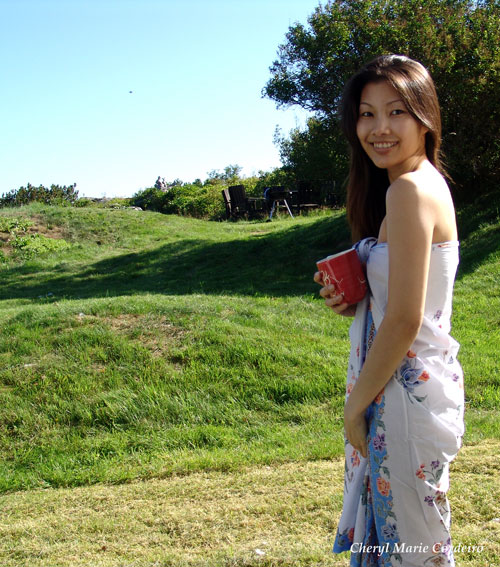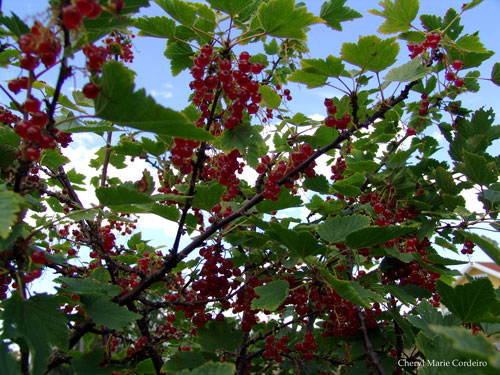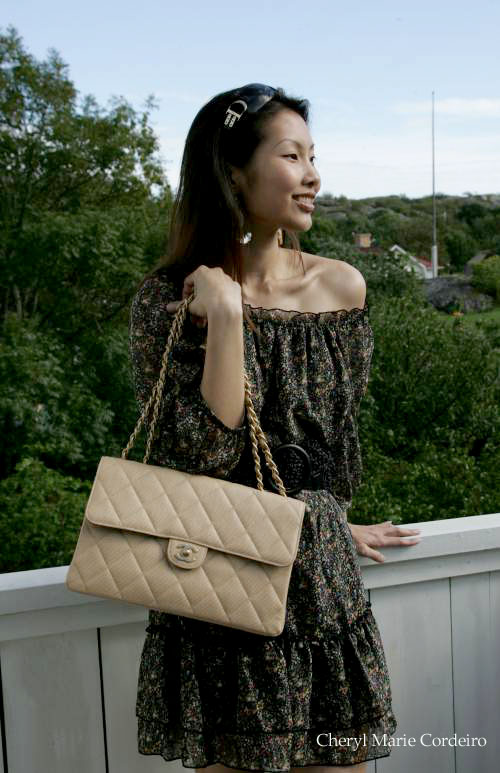
A Singapore print by Charlotte, principal artist and creative director of Lotti Lane. The myriad of colours captures the multi-cultural fabric of Singapore.
Singapore: a nation with a multi-cultural fabric
With its immigrant beginnings, Singapore has long struggled with the forming of a national identity. The Chinese were the largest immigrant group during the 1800s and early 1900s. Hailing mostly from the south of China, where they had very strong ties and loyalty to mainland China in the beginning. Many never thought of permanently settling in Singapore, but hoped to return one day to China. And when money was made in Singapore, it was often remitted to families back in China. Today, the Chinese make up about 75% of the Singapore population.
The natives of the land were the Malays, who today make up approximately 14% of the population. And Singapore had immigrants from India and other parts of the world, such as the Arabs, Portuguese, British, Dutch etc. The Indians form about 9% of the population and the ‘Others’ including the Eurasians (European-Asian descendants) make up about 2% of the current population. The multi-racial fabric is also reflected in Singapore’s four official languages, which are Malay, Mandarin, Tamil and English.
Continue reading “In search of the Singapore management style”









